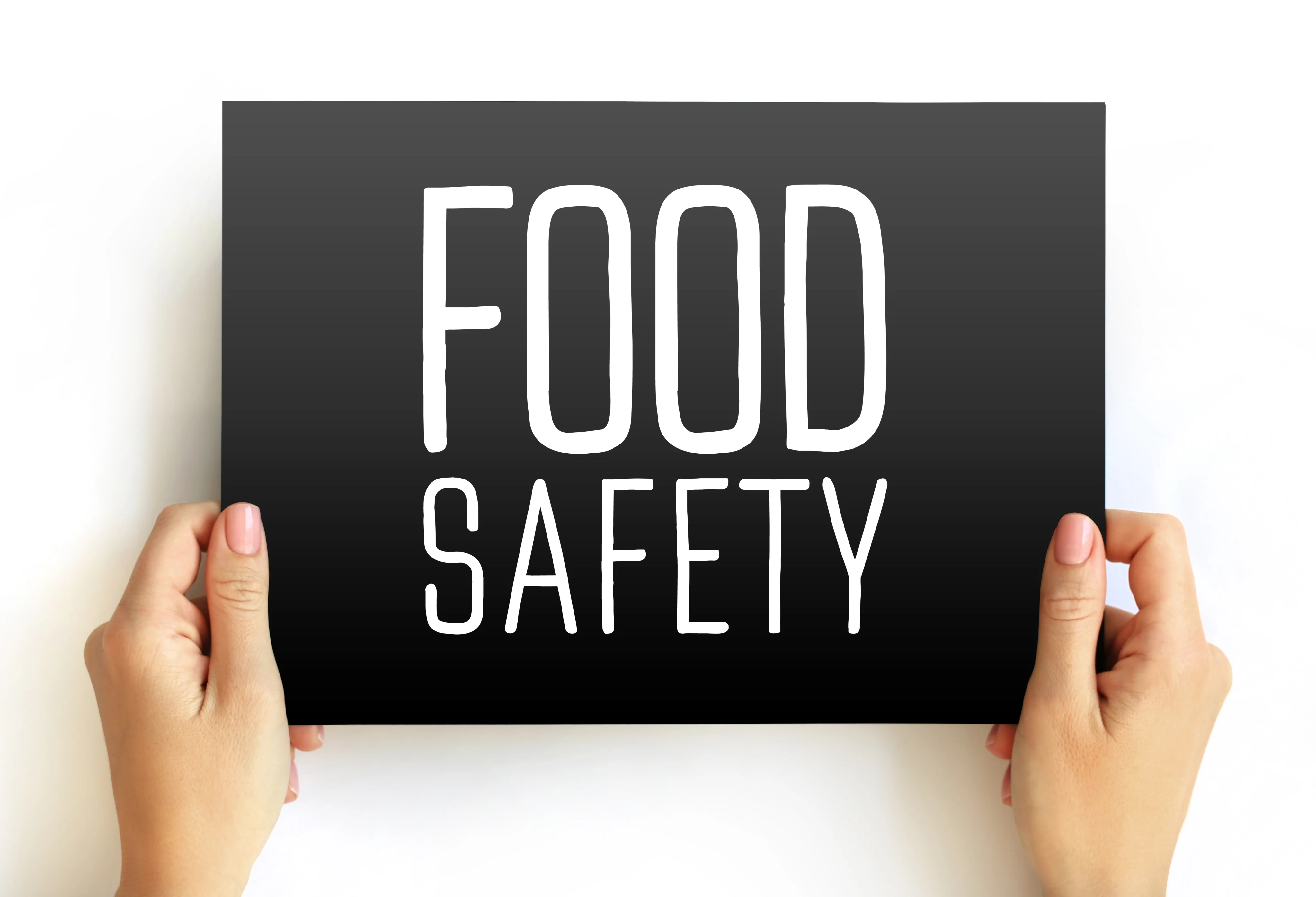Food safety issues typically bring to mind poor hygiene habits, improper storage techniques and not cooking food at the right temperature. But what if we told you one of the biggest potential pitfalls for food safety isn’t even related to the food at all?
Believe it or not, the culture at a food establishment plays a paramount role in how safe the food is. While good cultures promote an environment of front-of-house and back-of-house food safety, toxic cultures can have the opposite effect.
Let’s discuss the signs of a toxic culture, the food safety risks associated with them and what to do if your establishment has one.
Signs of a Toxic Culture
First, let’s establish what a toxic culture looks like. Not all of them are the same, of course, but in general, toxic cultures will feature:
- Stressed employees
- Long hours
- Poor communication
- Fear-based management
- Lack of training and resources
There’s also a neglect of employee wellbeing, which is why toxic cultures can last. But the worst effect of a toxic culture is when it starts impacting the customers.
Food Safety Risks of Toxic Cultures
Toxicity tends to run from top to bottom, but manifests itself in a variety of ways. As it applies to food safety, here are a few specific risks that come with toxic cultures and foodservice businesses:
- Increased risk of cross-contamination: fatigued and stressed employees are more likely to make mistakes with raw and cooked foods.
- Inconsistent hygiene practices: poor communication and training results in inconsistent hygiene practices among staff.
- Improper food storage and handling: when employees don’t care as much, they’ll become negligent and take shortcuts more often than not.
- Inadequate cleaning and sanitization: with low morale comes a lack of motivation to maintain high standards of cleanliness.
- Failure to report issues: employees may be reluctant to report food safety concerns in toxic environments, out of fear of punishment or retaliation.
What’s the Solution?
Fortunately, there are some remedies for a toxic culture. It starts with promoting a positive work environment, so leadership changes may need to happen. But another key initiative should be an investment in training and education—for example, ensuring all your employees have current food handler cards. This will allow you to implement stricter hygiene and food safety standards and also gives you an opportunity to improve communication. All of these combine to show employees you care about their wellbeing and will reverse the trend of toxicity.
A toxic restaurant culture not only impacts employees, but puts customers at risk as well. By addressing some of the root causes of this and implementing safety protocols and training, however, you can help your workplace get back on track.

